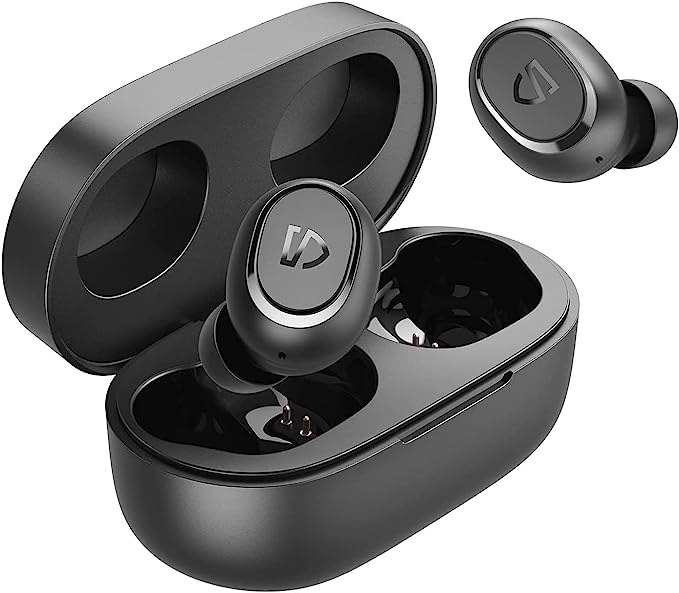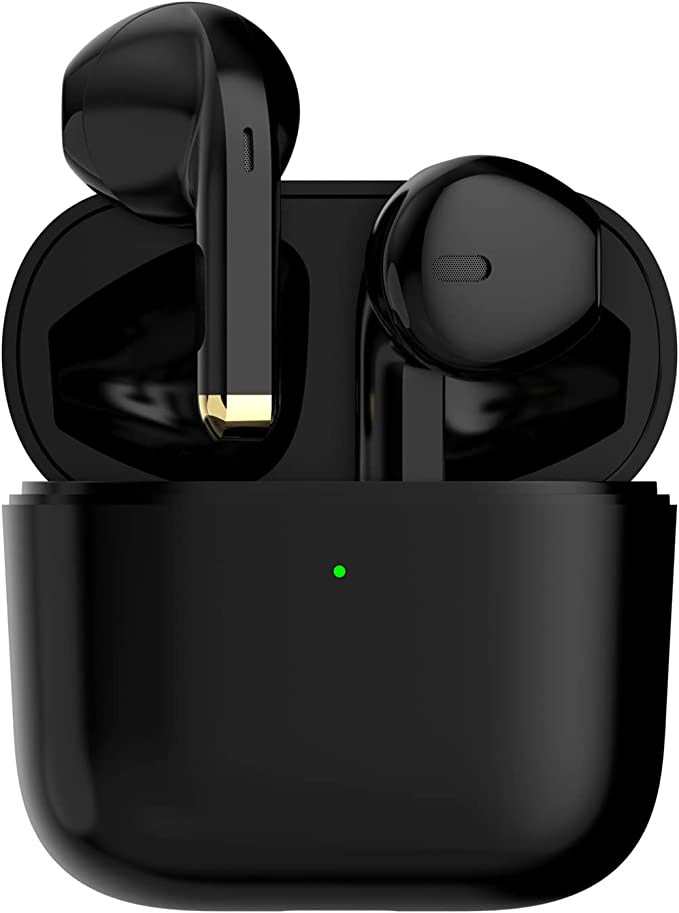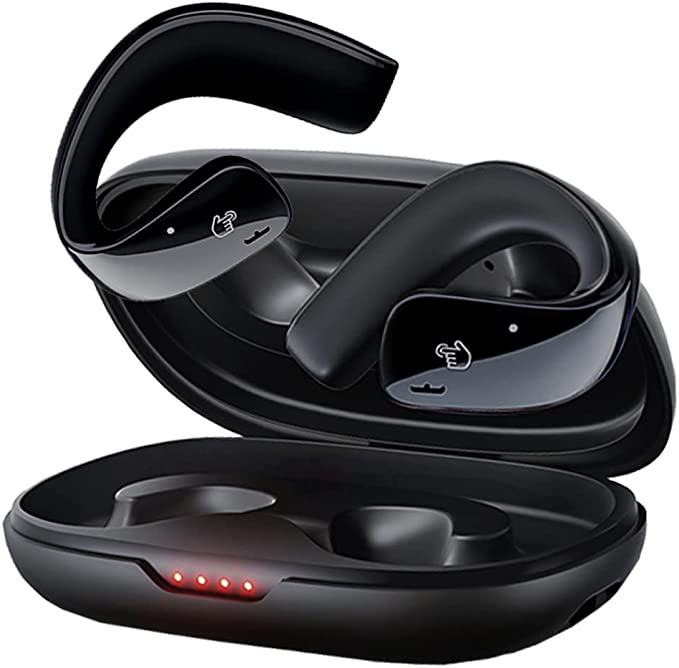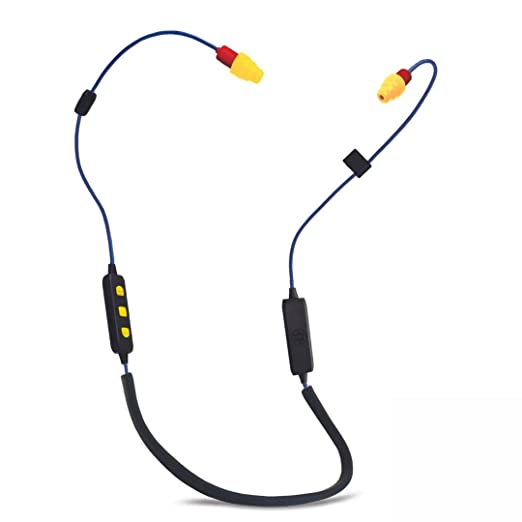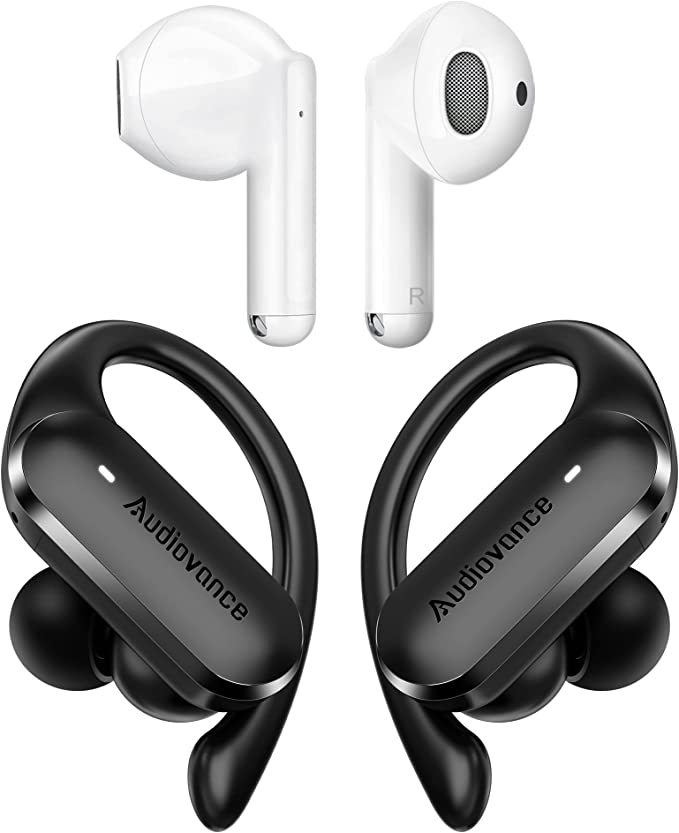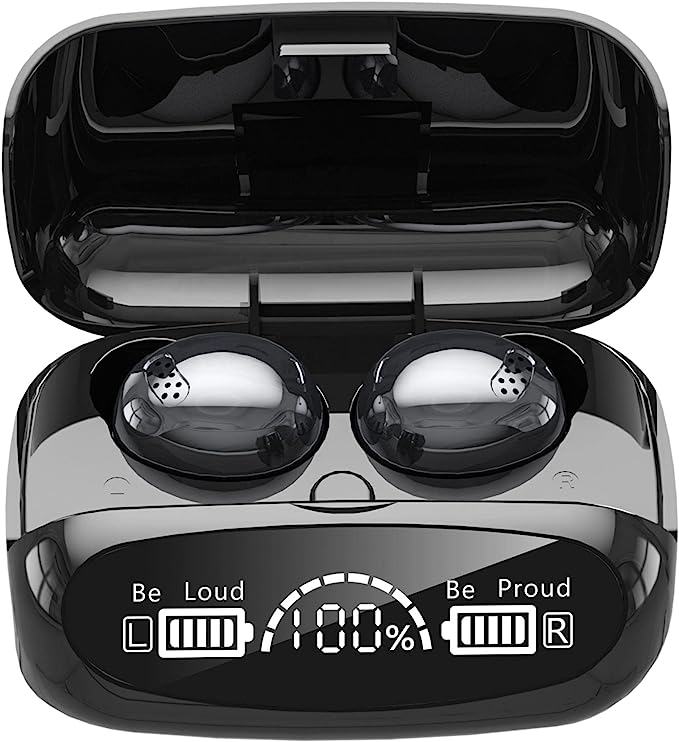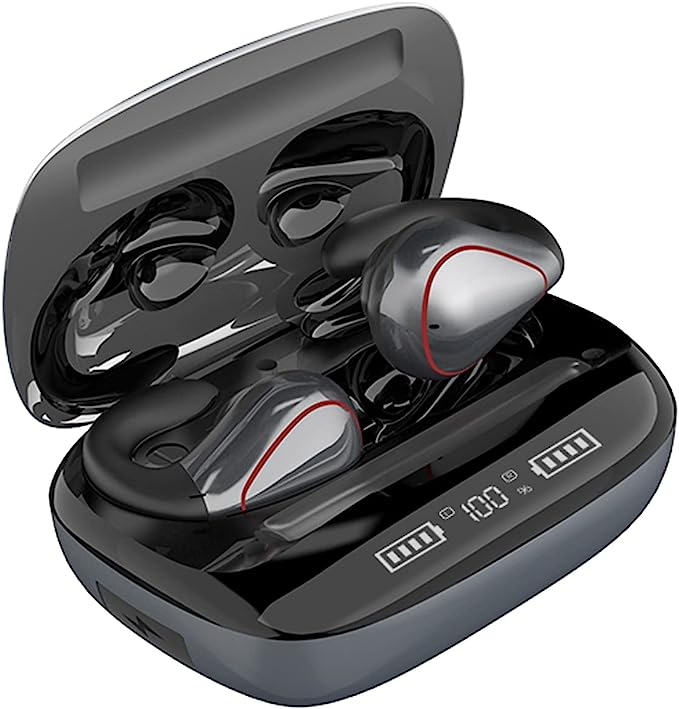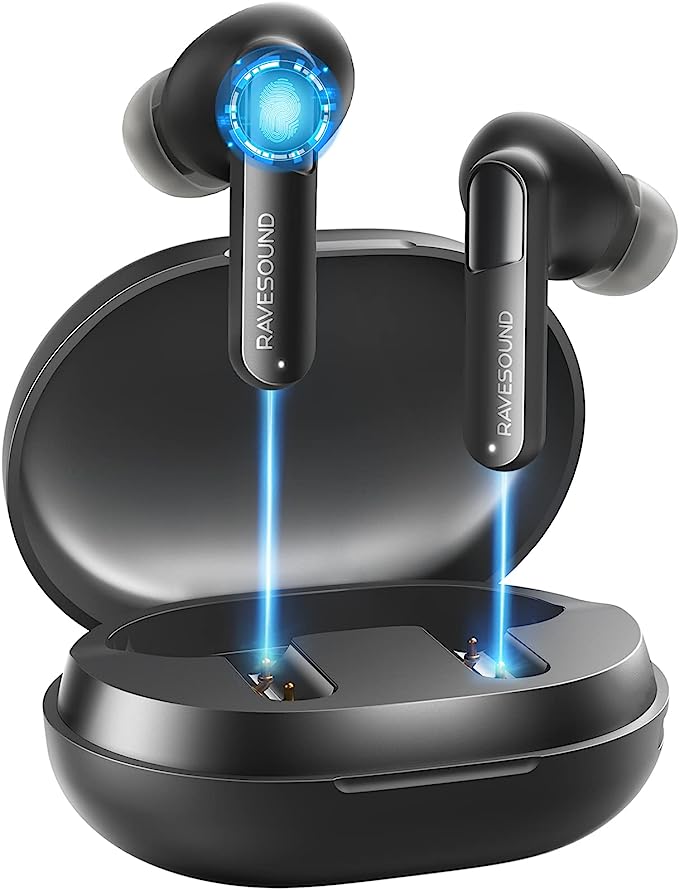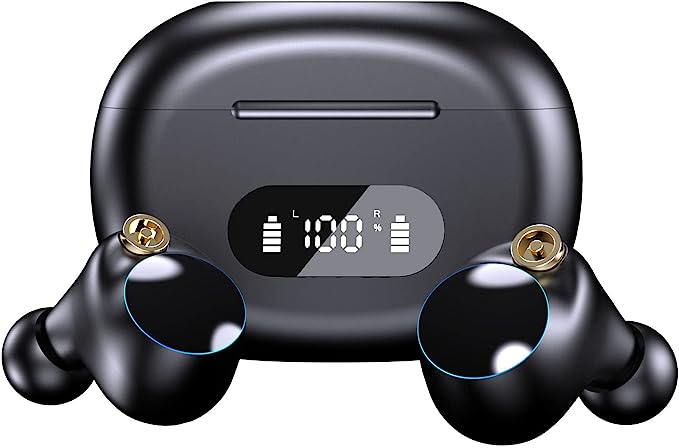Veho VEP-116-STIX-M STIX True Wireless Earbuds: A Quirky Companion for Your Adventures
Update on June 30, 2025, 5:08 p.m.
There is a unique and modern form of heartbreak. It’s the quiet disappointment that follows the eager unboxing of a new piece of technology. You’ve read the specifications, a seductive checklist of promises: True Wireless, Bluetooth 5.0, Smart Touch, Water Resistant. On paper, it is the perfect companion you’ve been waiting for. You open the box, and the dream dissolves into a frustrating reality.

This is not a hypothetical scenario. It’s the story of countless gadgets, but today, our specimen for this post-mortem examination is the Veho VEP-116-STIX-M STIX True Wireless Earphones. With its sleek marine blue finish and a feature list that reads like a tech enthusiast’s wish list, it represents a widespread phenomenon: the growing chasm between a product’s advertised potential and its real-world performance. Let’s place it on the operating table and find out why.
The Blueprint of a Perfect Companion
Before we diagnose the failure, we must first appreciate the beauty of the design it was meant to embody. The science behind today’s wireless audio is nothing short of a miniature miracle. “True Wireless” technology is a delicate digital ballet, where two independent devices must synchronize perfectly, maintaining a flawless stereo image while negotiating constant communication with the source device. It’s a feat of engineering that aims to grant us complete physical freedom.

This ballet is choreographed by Bluetooth 5.0, a wireless standard that promises a robust, far-reaching, and energy-efficient connection. In theory, this means fewer dropouts, longer battery life, and the ability to leave your phone on a bench at the gym while you work out. Add to this the elegance of “Smart Touch”—a system relying on the basic principles of capacitance, where the tiny electrical charge from your own body allows you to command your digital world with a phantom press. Finally, a “Water Resistant” seal, governed by international standards like the IP Code, acts as a guardian, promising to protect this intricate technology from the rigors of sweat and rain.

On paper, this is not just a pair of earphones. It is a seamless extension of our digital lives, meticulously designed for modern motion.
The Cracks in the Facade
But blueprints are fragile. The story takes a dark turn when we leave the realm of theory and enter the world of user experience. The Amazon page for the Veho STIX tells a story not of seamless integration, but of abject failure. A 1.0-star rating is not just a bad score; it’s a distress signal.
One user, DWL, reports, “The left one never worked. It got really hot after charging…” Another, Harold W, laments, “Poor sound pickup… you have to yell to make sure the headsets pick up your voice.”
Suddenly, the elegant ballet of TWS becomes a solo performer with a silent partner. The promise of a robust connection evaporates into the alarming reality of a device overheating—a symptom that hints at something deeply wrong within. The feature of dual microphones for clear calls becomes a source of frustration, turning conversations into shouting matches. This isn’t a case of minor bugs or quirks. This is the catastrophic collapse of the product’s core functions. The beautiful blueprint has shattered.
The Autopsy
To understand the cause of death, we must look deeper than the surface-level features. The failures described are not failures of Bluetooth as a technology, but of engineering, manufacturing, and a brand’s commitment to quality.

Let’s begin with the most alarming symptom: The Fever. A rechargeable device that gets “really hot” is a five-alarm fire in electronics. This isn’t just an inconvenience; it’s a safety hazard. This heat is the physical manifestation of Ohm’s law, where excessive electrical current, likely from a short circuit, is being converted directly into thermal energy. The prime suspect is the Power Management Integrated Circuit, or PMIC. This tiny, unsung chip is the brain of the charging system, and a faulty or poorly soldered PMIC can fail to regulate voltage, leading to a cascade of problems that, in a worst-case scenario with lithium-ion batteries, can lead to thermal runaway. This is not a software bug; it is a fundamental flaw in the hardware’s construction.
Next, we address The Silence: “Only one works.” This points to one of two likely culprits. It could be a failure in the TWS synchronization firmware. More likely, given the other quality issues, it’s a simple, brutal hardware failure. Inside these tiny shells are delicate circuit boards with countless solder joints. A single poorly made connection—an “open circuit”—means the flow of electricity is broken, and the earbud is dead on arrival. It’s the electronic equivalent of a bridge being built with a critical bolt missing.
Then there is The Muffled Cry. How can a device with “dual microphones” have “poor sound pickup”? This exposes the difference between having a feature and implementing it well. The microphones in modern earbuds are marvels of micro-engineering called MEMS microphones. But their effectiveness depends on two things: the intrinsic quality of the component (its signal-to-noise ratio) and its acoustic environment. You can have the best microphone in the world, but if the tiny port leading to it is poorly designed or obstructed, or if the noise-canceling algorithm is non-existent, the result is a microphone that primarily picks up the rustle of your collar. The claim of “dual mics” becomes a hollow marketing talking point.

Finally, and perhaps most tellingly, is The Abandonment. Harold W. adds that the manufacturer “dumps the problem on the seller and won’t cover their warranty.” This moves our analysis from the engineering lab to the boardroom. A warranty is a brand’s pact with its customer—a promise to stand behind its product. Refusing to honor it for what is clearly a manufacturing defect is not a technical failure; it is a statement of corporate character.
The War Beyond the Spec Sheet
The anatomy of the Veho STIX’s failure reveals a truth that applies to so much of modern technology: the most important specifications are never listed on the box. The quality of a ten-cent capacitor, the precision of a soldering robot, the rigor of the quality control line, and the integrity of a company’s return policy—these are the invisible elements that determine whether a product delights or disappoints.
A great piece of technology is a symphony. The scientific principles are the musical score, but the choice of instruments, the skill of the musicians, and the guidance of the conductor are what turn notes on a page into a breathtaking performance. The Veho STIX is a case of a beautiful score being played on broken instruments by an absentee conductor.
So, the next time you are tempted by a dazzling list of features, look for the subtle signs of that symphony. Read between the lines of reviews, not just for what failed, but how it failed. Seek out brands known not just for their marketing, but for their craftsmanship and support. Because the war for a truly great product is won not on the spec sheet, but in the thousand small, invisible decisions that separate a hollow promise from a lasting piece of engineering.

